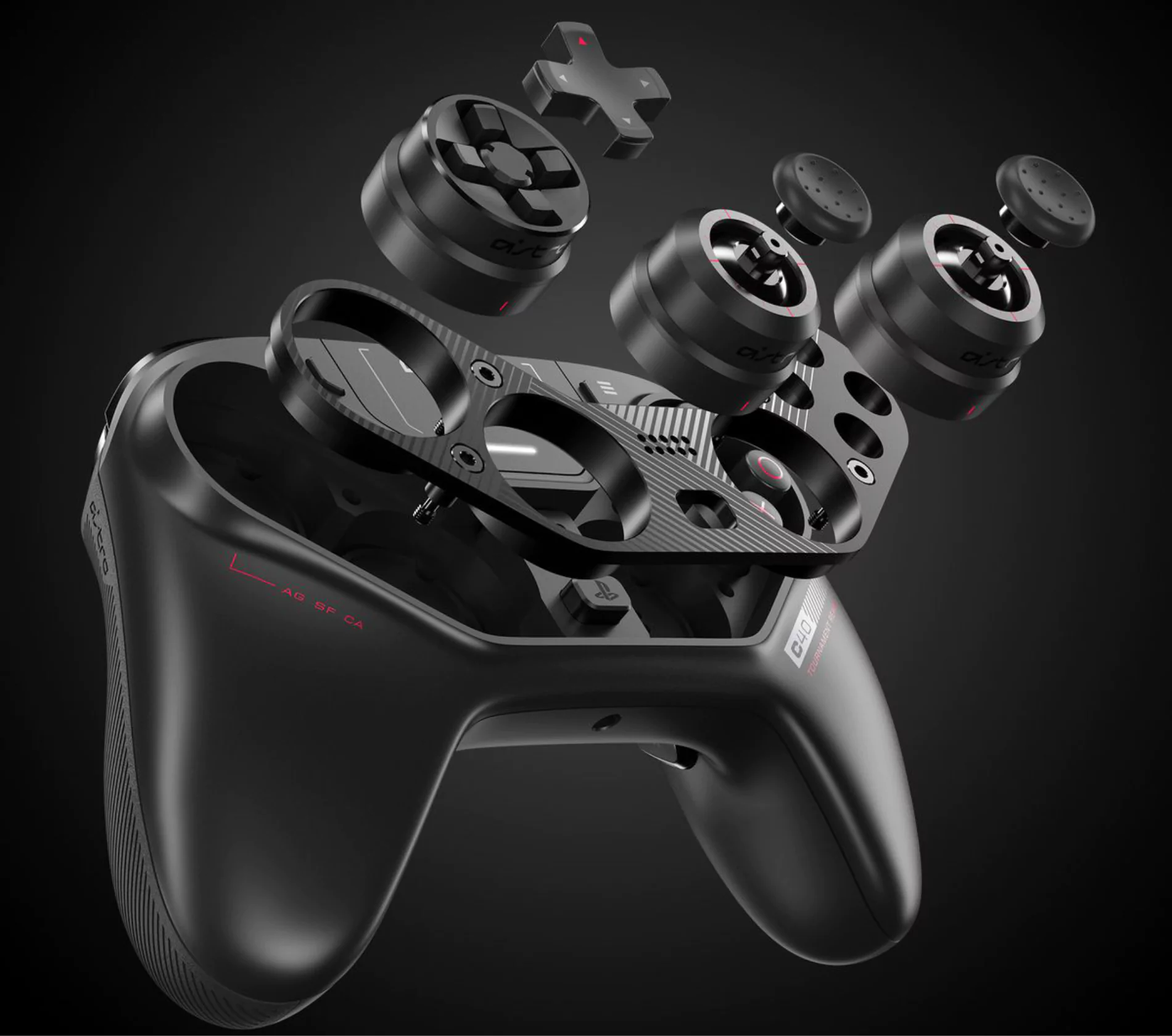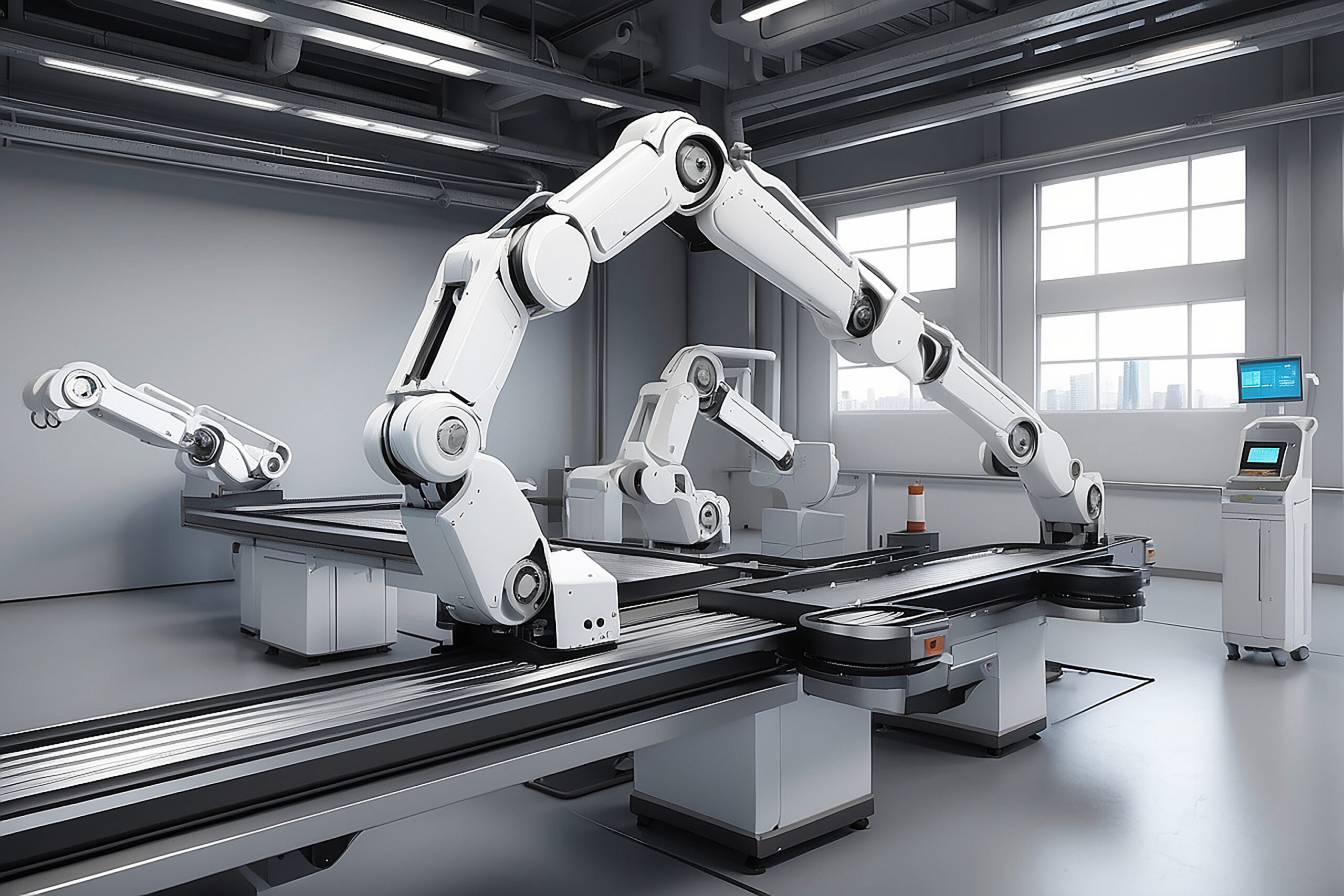This blog gives you an overview of 3D modeling how-to techniques, software, its benefits, and uses for businesses.
As technology is becoming more advanced with the period of time, 3D modeling has turned into an undeniably significant apparatus in the advanced world. A digital representation of the object is created by utilizing tools and software for computer-aided design. 3D product modeling speed up the design process, it also gives engineers and innovators a chance to play around with different ideas and find hidden design issues before they become major problems. This representation can be used for anything, from creating 3D models for engineering or architectural projects to visualizing a product for marketing purposes. The process of using easy-to-use 3D modeling software to create a three-dimensional representation of an object or space is known as 3D modeling. Realistic representations of physical objects, landscapes, and even entire cities can be created with this potent tool.

How does 3D Modeling work?
A type of computer graphics called “3D modeling” creates three-dimensional representations of a physical object, scene, or space using specialized software. This can encompass anything from a straightforward object like a chair or a house to a more intricate landscape or structure. Using a variety of tools, 3D modeling creates the desired shape, features, and textures for an object or scene.
To achieve this, modelers use techniques such as polygonal modeling, NURBS modeling, and sculpting. Polygonal modeling involves creating a mesh of vertices, edges and faces to form the structure of the 3D object. NURBS (Non-Uniform Rational B-Splines) modeling uses mathematical representations for smooth surfaces, which is ideal for precision tasks like automotive design. Sculpting allows for intricate details and organic shapes by simulating the process of sculpting in clay. Texturing is then applied to give the model realistic surfaces and colors.
This process is crucial in various industries, including gaming, film, architecture, and 3D product modeling, where accurate and detailed models are essential for visualization and production.
The Basics of 3D Modeling
Through specialized software, 3D modeling creates a three-dimensional representation of any object or surface. This digital technique is widely used in film, gaming, architecture, and product design industries. The foundation of 3D modeling involves three primary elements: vertices, edges, and faces.
– Vertices are points in 3D space.
– Edges are lines connecting two vertices.
– Faces are flat surfaces enclosed by edges.

Source: Autodesk
A model starts with basic geometric shapes called primitives, like cubes, spheres, and cylinders. These shapes can be manipulated using various techniques to form more complex structures. Polygonal modeling, a standard method, involves connecting polygons in a mesh to create the desired form. Another technique, NURBS, uses mathematical curves for smoother, more precise surfaces.
The next step is texturing, where colors, patterns, and materials are applied to the 3D model to make it look realistic. If the model is intended for dynamic use, this can be followed by rigging and animation. Mastering the basics of 3D product modeling requires practice and familiarity with the software tools and techniques available.
Advantages of 3D Modeling :-
Among the many advantages of 3D modeling are reduced expenses, increased precision, and shorter turnaround times. When contrasted with conventional plan processes, 3D demonstrating can diminish configuration costs, further develop precision, and accelerate the course of item advancement. Additionally, realistic representations of physical objects, landscapes, and many other things can be created using 3D models. The main benefits of using 3D modeling are listed below.
Realistic, quick, and simple:
You can present your product in a manner that is significantly more appealing and realistic using 3D product modeling. Designers will find this method of 3D modeling to be simple and easy. Designers can evaluate the project from a variety of perspectives prior to finalizing all important aspects. While physical models are important, 3D models enable you to quickly identify product flaws. With this, you can see how minor design modifications will appear and save a lot of time and money on prototype development.
Easy Remodeling and Corrections:
You won’t be able to see the effects of any changes you make to your physical project, whether they are minor or major. Designers can now more easily examine the design as a whole thanks to 3D modeling. In addition, if you believe your product needs to be remodeled, you can easily do so without incurring additional costs by using 3D software.
Improves both efficiency and quality:
The use of 3D modeling in conjunction with 2D methods is the most intriguing application. Designers can explore new creative workflows with this combination. The designer’s productivity and efficiency will rise as a result. In addition, you can demonstrate to a potential client that your rough work is of a higher quality. The incorporation of hand-drawn sketches with a three-dimensional effect into a single image is yet another intriguing aspect of 3D modeling.
More favorable for project approvals:
You can easily persuade and satisfy the investor by modeling your project in three dimensions. As a result, the 3D process increases approval chances. If the prospect requires modifications, you can make them quickly even after approval.
Measurements:
The project’s physical dimensions and distance from other objects in the layout can be clearly shown in a 3D model. The prospect will be able to see and adjust arrangements based on the project’s size thanks to this. Collaboration between the designer and the potential customer is made simpler by even 3-D modeling.
Get Rid of the Language Barrier:
Clear instructions are not always necessary to comprehend a project in 3D product modeling. By using visual elements and modeling techniques, you can effectively communicate your planning and design intent to others, regardless of language barriers. 3D models provide a visual representation that transcends the need for detailed verbal or written explanations, making it easier to share ideas and collaborate with stakeholders from diverse backgrounds. This approach ensures everyone can understand the project’s scope and vision, facilitating smoother communication and collaboration.
3D product modeling is a versatile tool that can be applied to various fields, including architectural visualization, animation, video game design, and product design. Realistic representations of physical objects, landscapes, and even entire cities can be created with the help of 3D modeling. Additionally, it can be used to create virtual prototypes of products prior to their production. Projects in a variety of fields make use of three-dimensional modeling. There are probably a lot of items with 3D models that we use without realizing it. The possibilities with 3D are endless. It is a truly adaptable medium that can be utilized in a wide range of contexts.
Let’s discuss some of the main uses of 3D modeling in brief.

3D Product Designing:
A significant number of the items we see around us in our everyday lives would have had some 3D demonstrating contribution. We are able to identify any errors and adjust the product accordingly by creating a virtual 3D model of your product prior to its actual production. Even just being able to see how big the item is in comparison to other products can make a big difference in how things are made. It is likewise helpful for testing out item thoughts to financial backers, as items can be displayed at a 360-degree point, permitting partners to imagine the end product completely. Sustainable product design is a great first step in the right direction, and it is also less wasteful than producing samples and mockups on a regular basis.
Architecture:
Beyond the traditional method of hand-drawing building plans, architects can plan with 3D models. We can now create a three-dimensional image of a building before it is fully constructed thanks to technological advancements. When presenting the final product to other stakeholders or during pitches, this is extremely helpful. Modern building design relies heavily on 3D models, which can reveal potential issues with building structures that are not possible with 2D plans.

Source: 3D Building Wireframe by Talzuz
Animation:
When you have a 3D model, it tends to be totally manipulated and vivified, which is exceptionally helpful for product animation. When making movies and television shows, animators use 3D models to create a clean, seamless effect. Scenery, characters, props, and a lot more are all created using 3D models at various points in the process. Some kind of 3D programming software is used in the majority of animated films. However, the ability to animate is not exclusive to animation. It is also useful for movie special effects, among other things.

Source: 3D Animation by Myriam Casper
Healthcare:
3D product modeling plays a crucial role in the medical field by creating detailed anatomical models that enhance education, surgical planning, and prosthetic design. Medical students use these models to grasp complex anatomical structures and spatial relationships for educational purposes, leading to improved exam performance. In surgical planning, 3D models provide surgeons with accurate, tangible representations of patient anatomy, aiding preoperative planning and reducing surgical risks. Custom prosthetics benefit from 3D modeling by allowing for precise, patient-specific designs that improve fit and functionality, enhancing patient outcomes and overall quality of life.
Engineering and Simulation:
Engineers leverage 3D product modeling to create detailed virtual prototypes of physical systems, which can be rigorously tested and analyzed in simulated environments. This process helps identify potential issues early in the design phase, reducing the need for costly physical prototypes and iterations. By using advanced 3D software tools, engineers can optimize the design for performance, efficiency, and manufacturability. These simulations can include stress analysis, thermal dynamics, fluid flow, and more, ensuring that the final product meets all required specifications and performs reliably under real-world conditions. The integration of 3D CAD with simulation tools streamlines the development process, leading to faster innovation and time-to-market for new products
Therefore, 3D models can be used in various fields and contexts. Architectural visualization, animation, video game design, healthcare, engineering, and product design are examples. Additionally, virtual prototypes of products can be created using 3D models before production.

Source: Freepick
Software used for 3D Modeling:
There are many different kinds of easy-to-use 3D modeling software. Autodesk 3ds Max, Blender, Maya, ZBrush, and Houdini are some well-known applications. To create realistic 3D models, each program has its own set of tools and features. Software for 3D modeling comes in a variety of price ranges, serves a variety of purposes, and each has distinctive features. Let’s discuss some software that can be used for it.
- The Blender: Free downloads of this open-source software are available. It can be used in a variety of media, making it an excellent starting point for modeling. Visual effects, animation, and 3D-printed models are just a few common applications for Blender.
- In AutoCAD: AutoCAD is a drafting and design software that can be used for both 2D and 3D projects. It is another program for computer-aided design. It is well-liked by engineers and architects. It is likewise exceptionally convenient for item plans and forestalls item disappointments before creation. This modeling software is not free to download, unlike Blender. It’s important to note that you can test out the software by downloading a free trial.
- Maya from Autodesk: This software, which is used primarily for animation (even by leading animation studios), is extremely powerful. It is so much more advanced than Blender that it is even regarded as the industry standard for animation. However, it costs significantly more than the majority. Therefore, it is most likely worth beginning your excursion with free or less expensive programming until you’re a specialist. Additionally, due to the numerous additional features, it is significantly more challenging than Blender.
How To Choose The Best Software for 3D Product Modeling:
As there are so many options, it’s important to know which software is best for modeling. This is entirely dependent on your projects and you. The software comes in a variety of levels of complexity; some are better suited to particular projects, but all have distinct functions.
Choosing the best software for 3D modeling depends on several factors:
1. Purpose and Industry: Identify the primary use of the software. For instance, Autodesk 3ds Max is popular in the gaming and film industries for its powerful rendering capabilities, while SolidWorks is favored in engineering and manufacturing for its precision and robust simulation tools.
2. Ease of Use and Learning Curve: Consider how easy the software is to learn and use. Blender, a free and open-source software, has a steep learning curve but is widely used due to its versatility.
3. Features and Capabilities: Look for software that offers the specific features you need. For example, Autodesk Maya is known for its extensive animation tools, while ZBrush excels in digital sculpting.
4. Compatibility and Integration: Ensure the software integrates well with your other tools and workflows. Compatibility with different file formats and support for plugins can enhance productivity.
5.Cost and Licensing: Budget is a critical factor. Some software like Blender is free, while others like Autodesk 3ds Max and Maya require a subscription. Evaluate the cost against the features offered.
Considering these factors, you can select the 3D modeling software that best suits your needs and enhances your workflow.
3D Modeling has been used in various industries and at various product development stages. If you liked the article, please comment below!
If you are a business owner and want to get started with Atellier Studio’s exceptional 3D product modeling services, we’re just one click away! We accept projects worldwide.





